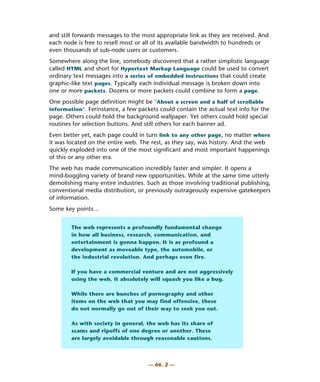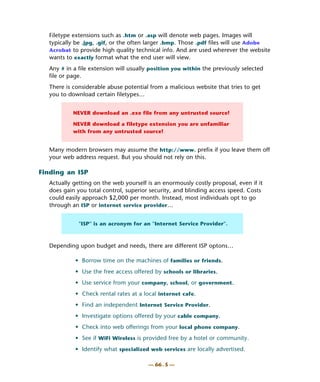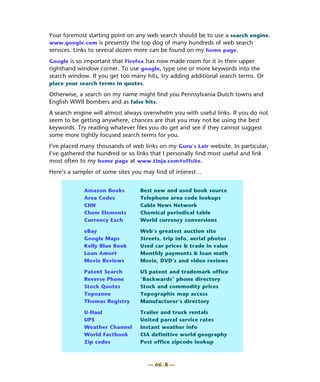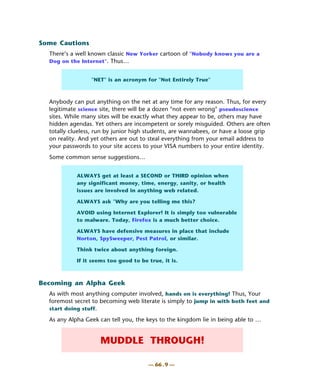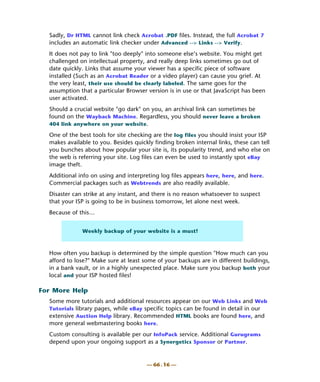The document provides an overview of the early internet and how it has evolved. It describes how the original peer-to-peer network model gave way to centralized backbone systems with nodes that could resell bandwidth. It also discusses how HTML enabled the creation of hyperlinked web pages and how the web has transformed communication, business, and entertainment. Key aspects covered include finding an internet service provider, understanding URLs, and the basic hardware requirements to connect to an ISP.

